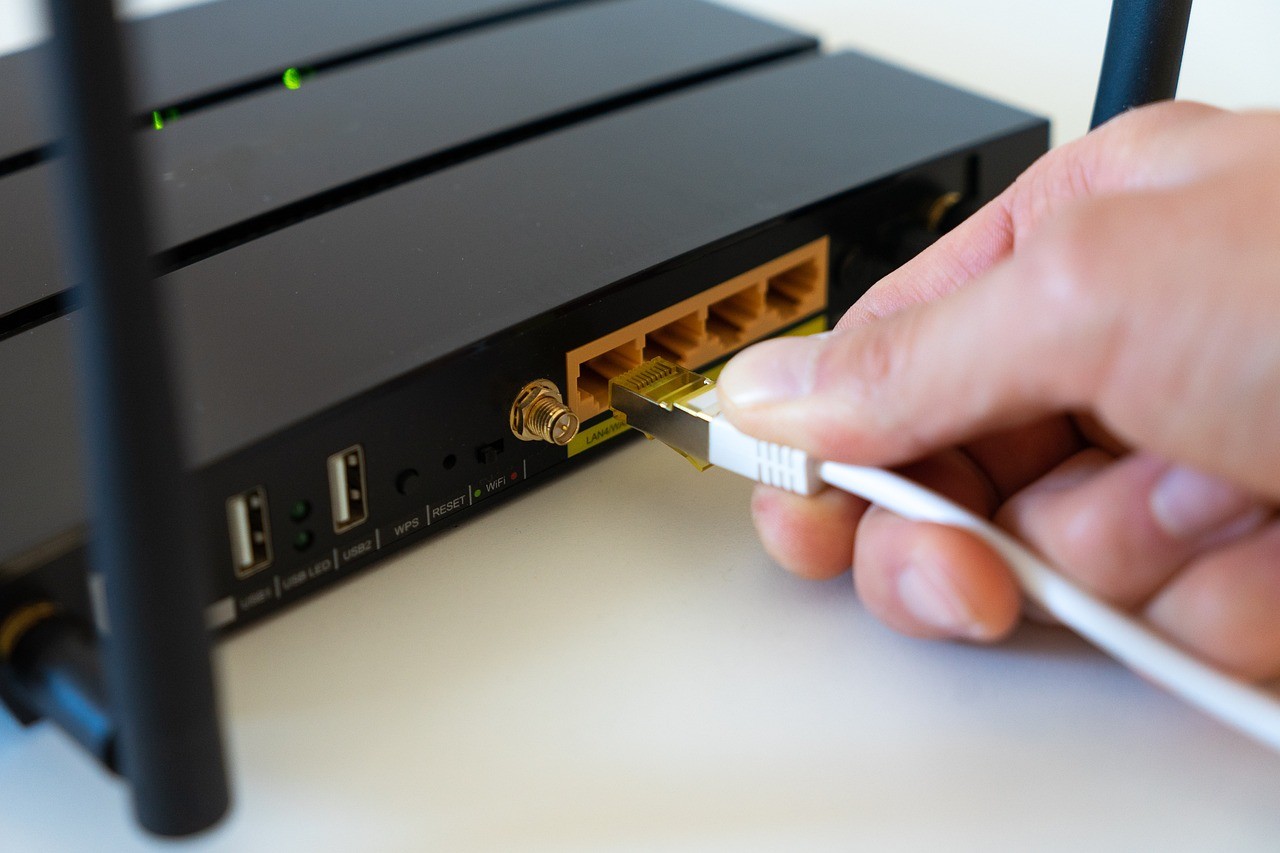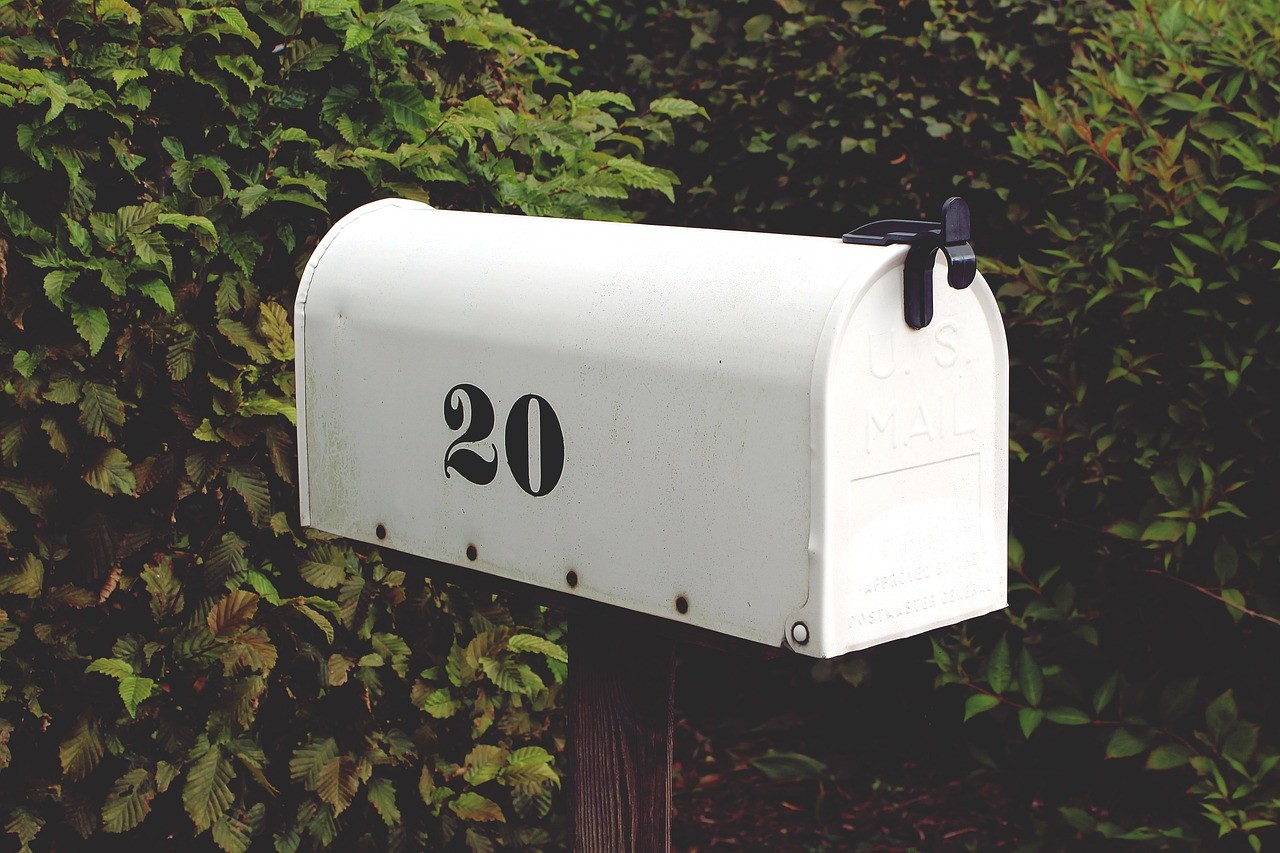More than 4 trillion cubic feet of natural gas is used by households each year, reports the Desert Sun. This common fuel warms homes, cooks dinner, and creates hot showers.
It’s one of the safest resources found in the average household today. However, gas leaks can still occur as appliances and lines age. Leaks cause fire hazards and potential explosions when they’re neglected. Learn all there is to know about detecting a gas leak from a stove right now.
These clues can save you money over time and prevent disasters in severe cases. Tips on how to know if gas is leaking from the stove.
How to Check for a Gas Leak (shortlist)
Click for more info:
- Something Smells
- Opting for a Visual Inspection
- Check the Flame Color and Pressure on the Gas Stove
- Check Pilot Light
- Electronic Leak Detector Device
- Physical Signs of Impacting Your Health
- Hissing Sounds
- Looking for Bubbles
- Check Your Gas Bill
1. The Smell Test
To detect smoke or gas leaks, one of the easiest methods is using your sense of smell. According to Southern California Gas Company, natural gas is made up of carbon monoxide.
This gas is a low-cost fuel that supports thousands of households across the nation. It’s odorless, however.
The municipal gas company adds a pungent odor to the gas called mercaptan. They perform this service because no one would notice a gas leak without this additive.
In fact, smelling this odor is one of the first signs of a leak that most people notice. The additional scent saves lives every year.
If you smell rotten eggs or sulfur in the home, a gas leak is present. It may or may not be a major leak.
Shutting off an appliance and surveying the scene should be your next step to maintain a level of safety in the home.
2. Opting for a Visual Inspection
When you suspect a gas leak, a visual inspection is always a good idea. Shut off the appliance, and examine these areas, such as:
- Exterior appliance surfaces with mysterious scorch marks
- Unexplained condensation on kitchen windows
- Unusual markings on the gas line between the wall and the stove
Scorch marks indicate that gas has briefly ignited in an area that’s outside of its normal pathway. Additional moisture in the kitchen points to gas leaks too.
The gas line supplying the stove is often the culprit in a leak situation. When the oven-stove appliance is moved around, this line can be stretched and bent into unusual shapes over the years.
This line can succumb to pinhole leaks that are just as alarming as a major break. Replace any parts that are obviously worn or broken.
3. Concerning the Flame
A gas leak can be so subtle that it’s only indicating a sign is an abnormal flame.
As you ignite the burners on the stove, take a look at the flames. They should have an obvious blue hue to their entire shape, reports the National AG Safety Database.
There might be a flicker of yellow or orange at the flames’ tips, but blue is the main color.
If the flame has no blue color and appears lackluster in size, there may be a gas leak. The stove is receiving enough gas to ignite the flame, but not enough as it should with a solid gas line.
4. Check your Pilot Light
Your pilot light can also be an indicator. The leak may not be noticeable as you use the stove, but an oven that has a constant pilot light outage is a signal of a leak.
5. Electronic Leak Detectors
A more precise way of finding a leak is with an electronic device. Gas leak detectors come in both handheld and hardwired versions so that you can choose the best device for your needs.
Handheld detectors are battery-operated, which allows you to pass the device across an area to verify levels.
If a certain parts-per-million value is detected, the device notifies the user. These devices can also have their sensitivities altered so that you can find both minor and major leaks around the stove.
Hardwired detectors might be installed in your kitchen, such as on the wall. If any leak occurs, including during the night, these detectors ring out an alarm.
For comprehensive safety, a hardwired detector may be a smart choice for concerned families.
6. Focusing on Health
A gas leak within the home is a serious issue that can impact your health. Look for these physical signs, such as:
- Shortness of breath
- Blurry vision
- Headaches
Gas leaks into the home might cause these symptoms because the indoor space is enclosed. Air doesn’t necessarily move through the home, especially if it’s cold outside.
If you tend to have the doors and windows open for outside breezes, the symptoms may not be present. You’re venting the gases to the outdoors, which is actually a beneficial action for your health. Checking on the leak with other methods will need to be your strategy now.
7. Listening to Hissing Sounds
Some gas leaks are loud enough to be heard. Ideally, shut off any other appliances in the immediate area. Turn off televisions and ask everyone to be quiet in the home.
Use your listening skills to find the leak. It’s usually a high-pitched squeal that you’re looking for in most cases.
You may need to use your other senses along with listening for the hissing. Seek out a stronger scent in specific areas as the sound becomes louder.
Be sure to turn off the gas once you find the hissing sound. If it’s loud enough to be heard, the leak is relatively significant.
8. Looking for Bubbles
A classic strategy to detect gas leaks is by looking for bubbles.
Mix some dish detergent with water in a container. Dip a brush into the mixture, and apply it to the stove’s gas line.
Take a close look at the soapy area. If you have a gas leak, you’ll notice bubbles popping on a consistent basis.
The gas is moving through the detergent, which causes bubbles to form through the gaseous action.
You should be able to pinpoint the exact location of the leak with this method. Simply wipe off the solution when you’re done with the verification.
9. Checking Your Gas Bill
A gas leak from your stove might be so minute that you don’t notice it through these common methods. Turn to your gas bill as an alternative strategy.
Most households use around the same amount of natural gas each month. It doesn’t rise and fall as significantly as an electrical bill, for instance.
Take a look at your bills from last year. Pinpoint the average volume of gas used in the home.
Compare this value to your most current bill. If you notice a significant change, it’s time to look into a repair.
Unless you’ve added a new appliance to the home that didn’t previously use natural gas, your bill shouldn’t waver from the average.
You might feel like an expert on gas leaks right now. In fact, this information might be life-saving advice at some point in the future. It’s time to make a solid decision on how you can control gas issues in the home.
Purchase an electronic detector for gas leaks today. These devices are used irregularly, which means they’ll last for many years. When you need one in a hurry, it’ll give you the most accurate reading for gas safety. Put your family and property first with a detector in the kitchen at all times.



